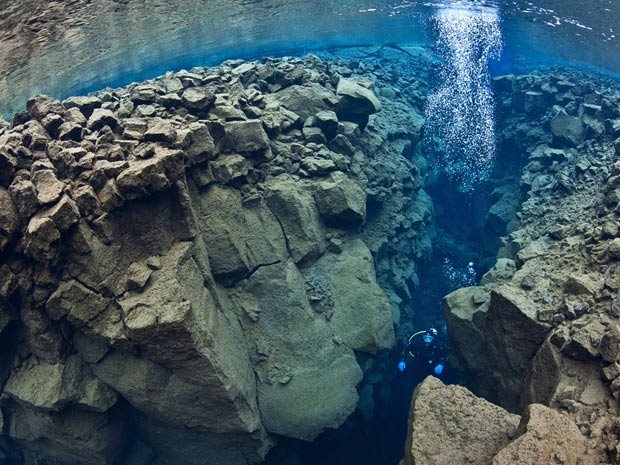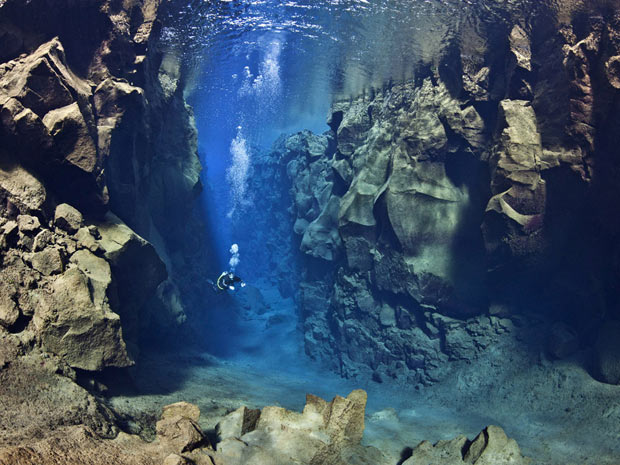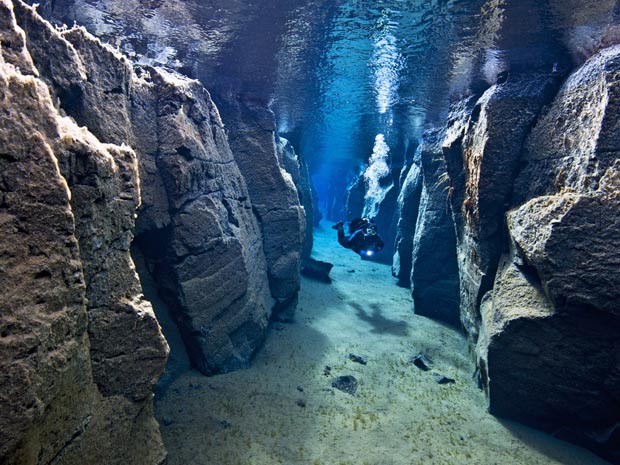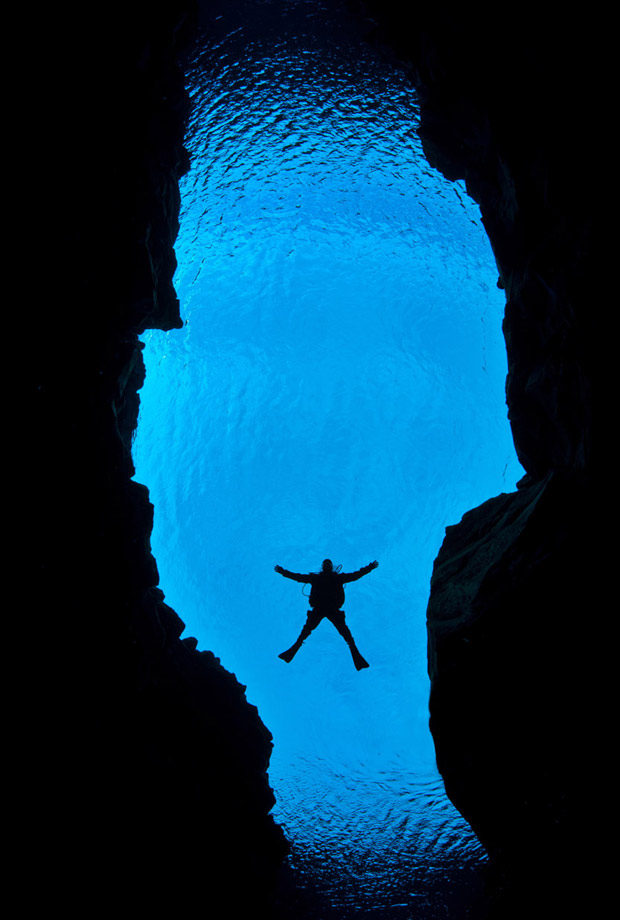On an Island in Brazil, a Real Estate Boom Lingers
By NICK FOSTER
FLORIANÓPOLIS, BRAZIL — When Hans Keeling quit his job at a New York City law firm in 2004, his plan was to take a surfboard to the verdant subtropical island of Santa Catarina in southern Brazil and enjoy a less hectic life.
But Mr. Keeling, 35, a California native, ended up putting away his surf shorts and going into the property business on the island, which is attracting new residents from Brazil’s biggest cities as well as farther afield.
Florianópolis, the island’s only city and home to 420,000 people, is the capital of Santa Catarina State. Brazilians often use the same name — or a shortened version, Floripa — to refer to the entire island, which is 53 kilometers, or about 33 miles, long.
The narrow, hilly island is a fixture in quality-of-life surveys in the Brazilian media and this — coupled with strict zoning regulations to protect the island’s native forest, sand dunes and lagoons — has made high-end houses and apartments scarce. Local real estate values have increased 8 percent to 10 percent during the past five years, with a single flat period at the end of 2008 and the beginning of 2009 during the worst of the global economic crisis, Mr. Keeling said.
Ricardo Valls of Imobisul, a real estate developer, says new high-end properties are being marketed at 6,000 to 10,000 Brazilian reals per square meter, or $350 to $585 per square foot, depending on location and amenities.
Given the appreciation of the Brazilian real, prices in Florianópolis no longer seem like a steal for overseas buyers whose savings are in euros or U.S. dollars. Five years ago the Brazilian real was trading at 2.30 reals to 2.40 reals to the dollar or 2.75 reals to 2.95 reals against the euro. A dollar today will buy 1.60 reals; a euro, 2.27 reals.
So it is the beauty and peace of the location, plus robust economic growth, that is driving sales, although Mr. Valls notes that more could be done. “The island needs to be prepared for more new arrivals, and this means new schools, hospitals and leisure options away from the beach,” he said. “If and when this new infrastructure is put in place, there could be further significant price rises.” Also, Mr. Valls warns, “Sometimes a lack of legal certainty can be a problem for developers, particularly when it comes to environmental permits and tax rules.”
Par for the course in Brazil? Maybe, but this is an area that nonetheless contains some surprises: Florianópolis has no slums (although there are isolated areas of rough housing) and low crime rates. Roads are well surfaced and there is a reliable public bus service. The island has a traditional fishing sector — oysters are a key export — but it has also developed a cluster of high-tech enterprises close to the city’s university district.
The island was settled initially by fishermen from the Azores, and many locals still speak Portuguese with the accent of their forebears. Some isolated villages even have the traditional, pastel-colored colonial homes that they built. Yet immigration from Germany and central Europe to this part of the country in more recent years has left an abundance of blond hair and blue eyes.
Mr. Keeling’s company, Floripa Vacation Homes, designs, builds and sells houses a short stroll from Praia Mole, a well-known Atlantic beach on the east of the island popular with surfers, whale watchers and — in the summer months — Brazilian fashion industry executives. He also rents properties in the area.
The company is offering a house in Praia Mole’s Vale do Sol residential complex. It has four bathrooms, four bedrooms a pool, and a reception room with 10.5-meter, or 35-foot, ceilings and is listed at 2.7 million Brazilian reals.
Proximity to the Atlantic prompted the builders to use marble and ceramic floors rather than natural wood, which are the default option elsewhere in Brazil. “Some local dark wood resists the salty air, but you have to be careful with your choice of furnishings in homes next to the ocean in this warm and generally humid climate,” Mr. Keeling said.
Mr. Keeling is one of a growing group of North Americans and Europeans in Florianópolis who — along with residents of São Paulo, just 45 minutes away by plane — have come to the island in the past few years with their savings and the intention of taking a career break. Some of them, like Mr. Keeling, ended up starting businesses and buying houses and apartments. Most have set up home either in or around Praia Mole or in the relaxed, artsy Lagoa da Conceição, an expanding town of 10,000 residents on the banks of a lagoon close to the geographical center of the island.
“It’s a really interesting mix of people,” said Mr. Keeling, whose next project is to build an upscale boutique hotel overlooking Praia Mole. “We all enjoy sports and being active. If you tire of surfing in the sea you can surf down a sand dune, or go boating or hiking.”
Given the athletic advantages of the island, it is appropriate that its most celebrated son and resident is Gustavo Kuerten, the retired tennis player who is a three-time French Open winner. The island has played host to the Davis Cup tennis tournament and is a regular stop on the international surfing circuit.
The newcomers gradually are taking the place of Argentines who, a generation ago, were by far the island’s largest group of expatriates. But the seaside communities in the north built by and for the Argentines — the somewhat cramped town of Ingleses is typical — are now a little the worse for wear. Leaks in wastewater pipes are a recurring problem in this neighborhood and have led home owners to demonstrate as a method of pressing their calls for action.
Also in the northwest is Jurerê Internacional, a mixed residential and leisure development. Since 1980 it has gradually transformed the low-lying, marshy corner of the island into a prestigious first- and second-home community, complete with a heliport.
A house with four en suite bedrooms and 280 square meters, or about 3,000 square feet, of living space, set back from the shore on a 480-square-meter plot, is on sale through the Personalitté Florianópolis estate agency for 1.3 million reals. That price is about the entry level for resale of a family home on a relatively small site there.
Here, the visitor finds pristine lawns and uniformed maids and, in its main faux-Italian apartment complex, a touch of kitsch. Expensive cars, even the occasional Ferrari, cruise its streets. There is little garbage evident on the beach although a visitor recently did notice a couple of discarded Champagne corks in the sand.
 Fotos foram tiradas nas imediações do Parque Nacional Thingvellir. (Foto: Alexander Mustard / Solent )
Fotos foram tiradas nas imediações do Parque Nacional Thingvellir. (Foto: Alexander Mustard / Solent ) Mergulhadores chegaram a atingir até 60 metros de profundidade. (Foto: Alexander Mustard / Solent)
Mergulhadores chegaram a atingir até 60 metros de profundidade. (Foto: Alexander Mustard / Solent) Fenda entre duas placas tectônicas foi estudada. (Foto: Alexander Mustard / Solent)
Fenda entre duas placas tectônicas foi estudada. (Foto: Alexander Mustard / Solent) Alexander Mustard é especializado em fotografia no fundo do mar. (Foto: Alexander Mustard / Solent)
Alexander Mustard é especializado em fotografia no fundo do mar. (Foto: Alexander Mustard / Solent)













